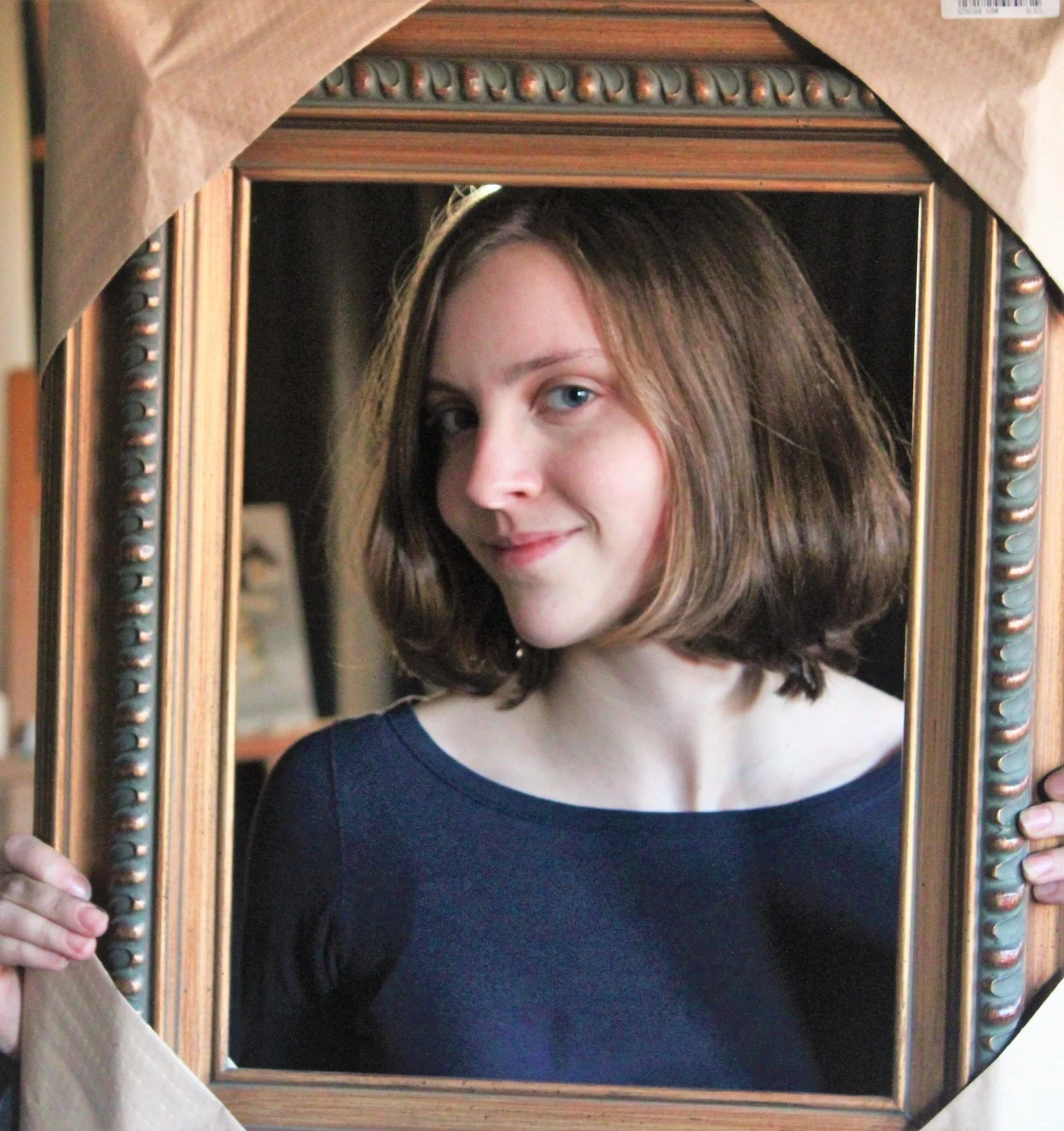About the Artist
Eliza Moser Fine Art - Studio & Gallery, is the studio, gallery, and atelier of traditional oil painter Eliza Jane Moser. Learn more about the artist below:
Biography
Eliza Moser is a contemporary realist painter from Springfield, Massachusetts. She is a part of the recent “atelier movement”, a contemporary group of artists whose technique is focused on reviving classical realist methods of painting; her work is at once an homage to classical aesthetics, while simultaneously incorporating elements of contemporary expression.
From an early age, Eliza developed an interest in classical art, beginning her study of traditional realist techniques at the age of 14 under the direction of Angel Academy alumnus Christina Mastrangelo, with whom she trained for five years. In 2012 Eliza’s first oil painting was accepted into the Academic Artists Association's 62nd National Exhibition, receiving the Academic Council Award. She was the youngest artist to ever have been accepted into the annual exhibition at that time. Since then her work has been shown in various local and national exhibitions, such as at the 2013 Alpine Fellowship in Switzerland, and at the Guild of Boston Artists 2018 Regional Exhibition.
Eliza's desire to learn more about the techniques of the old masters lead her to Florence, Italy, where she enrolled in the Florence Academy of Art to study oil painting. At her graduation ceremony in 2016 her advanced still life was selected for the award Best Still Life of the Year.
After graduation, Eliza returned home, where she began her practice as a professional artist. In 2023, she opened Eliza Moser Fine Art, an Art Studio and Gallery in the downtown of South Hadley, Massachusetts. From here she currently creates her newest bodies of work, as well as providing fine art instruction to the local community.
Artist’s Statement

